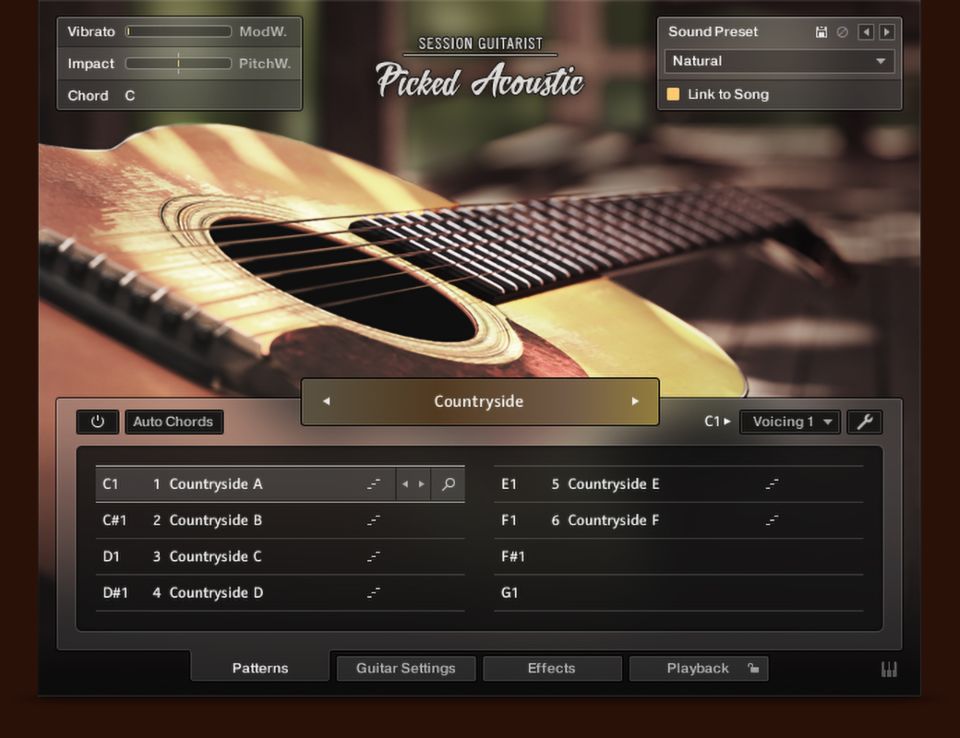
- #Kontakt 4 tutorial how to#
- #Kontakt 4 tutorial full version#
- #Kontakt 4 tutorial full#
- #Kontakt 4 tutorial free#
Despite being aimed squarely at chiptune fans, some of the fat bass patches wouldn’t sound out of place in modern house music. With an authentically styled interface, the patches cover many of the signature C64 sounds, including major and minor versions of fast arpeggio chords and an entire drum kit. This collaboration between Rhythmic Robot and Bedroom Producer’s Blog is a suite of Commodore 64 sounds, sampled from 4 different machines and hosting 30 separate patches.
#Kontakt 4 tutorial how to#
When clever tech heads figured out how to dig deep into the 3-channel chip’s synthesis capabilities and coax out a 4th voice for drums and primitive speech, a classic was born. Sounding far more musical than similarly priced systems of the 1980’s, this home computer boasted a remarkably capable sound chip which could produce a wide variety of oscillator shapes. For everyone else, just load the patches and noodle around for authentic lo-fi vibes.įor digital musicians of a certain age, the Commodore 64 will have a special place in their hearts.
#Kontakt 4 tutorial full#
If you have the time to digest the densely-packed 33-page instruction manual, you’ll find it’s full of rewarding tips and tricks to get the most out of the engine. The cryptic way things are set out on the interface won’t be to everyone’s taste, but even novice sound designers will get plenty of joy from flicking through the preset banks and auditioning the sounds. The amount of customization on offer within these ‘BooTweak’ patches is insane, with 8 preset groups, each containing tuning, LFO, and effects controls. It’s in the KONTAKT patches themselves that things get more complicated, with separate patches for drum kits and bass. Then there are additional folders of processed samples where these handheld sounds have mutated into electronic basslines and effects. Where to begin with this wacky creation? The 918 Game Boy samples themselves are neatly delivered as category folders with familiar names such as Noise, Kicks and Hats.
#Kontakt 4 tutorial free#
Even better, some of these sampled instruments are completely free – and we’ve got four of the best from around the web right here.
#Kontakt 4 tutorial full version#
And provided you have the full version of KONTAKT, there are plenty such options for recreating the arcade sounds of the past (and pushing them into the future). Nowadays, it’s easy to fire up a soft synth and recall the oscillator shapes that made the 1980’s sound the way they did, but sampling the old tech itself is the best way to retain some of the original imperfections that gave those vintage machines their character. These musical magicians stretched console audio chips to their limit, employing clever compositional and multi-timbral techniques to squeeze sounds from the hardware that the manufacturers had never dreamed of. Not that these restrictions were much of a barrier to clever audio programmers such as Rob Hubbard and Martin Galway. Back in the day, however, technical limitations meant players had to content themselves with simple bleeps and bloops. And the music budgets have grown to match, with live orchestral recordings and surround sound mixing becoming the norm. Definitely check his music out and give some love and thanks on his Facebook Fan Page.It started with a few teenagers coding from their bedrooms but today, video games are a multi-billion dollar industry. He graciously allowed for his school choir to provide the beautiful voices behind this library. The Kontakt Library that I make in this video is in collaboration with my friend Matthew Gawronski who is a composer and choir conductor. Any edits you make in the Wave Editor for the original sample will also be present when you share the sample over multiple notes.

You can see me demonstrate this for you in the video tutorial above. The way that you do this is by hovering your cursor over the edge of the good sample and dragging it in the grid onto the note in question.

What you can do in the Mapping editor if a sample is completely beyond repair is delete the problem sample entirely from the Mapping Editor, and take an adjacent sample and pitch shift it onto the note that needs to be replaced. Kontakt has a built-in solution for this in the Mapping Editor. So let's say the sample is beyond repair for whatever reason: the sample could be out of tune, or it could have some background noise that you didn't notice earlier, or some other flaw. Play around with the fade so that it sounds exactly the way that you need and continue this process for all the samples in your library. Kontakt makes a duplicate file for the edits to be saved on, so your originals are always preserved. The amazing thing about Kontakt is that when you edit your audio files like this, Kontakt won't actually edit your original files and potentially mess up your hard work. STEP 3: MADE A MISTAKE? DON’T EVEN WORRY BRO.


 0 kommentar(er)
0 kommentar(er)
